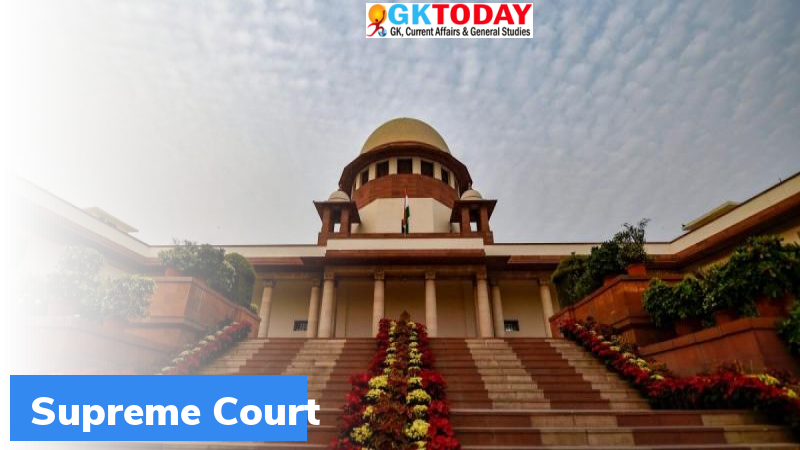Mandatory Eco-sensitive Zone (ESZ)
Recently, the Apex Court directed that every protected forest, national park and wildlife sanctuary across India should have a mandatory eco-sensitive zone (ESZ) of minimum 1 km, starting from demarcated boundaries.
Highlights
- This direction came from a three-judge Bench comprising of Justices L. Nageswara Rao, Aniruddha Bose and B.R. Gavai.
- It highlighted how India’s natural resources have been for years ravaged by mining and other activities.
- It held that, government should not only act like a facilitator of economic activities for immediate upliftment of the fortunes of State.
- Mining within the national parks and wildlife sanctuaries will not be permitted.
Extent of the buffer zone
Supreme court has fixed a minimum of 1 km, starting from the demarcation line, would act as buffer zone. In case, the national park or protected forest already has a buffer zone, beyond one km, it will prevail. In case, the question of extent of buffer zone is pending for any judgement, then court’s direction to maintain 1 km safety zone would be applicable till the final decision is taken under the law.
Direction to Officials
Supreme Court has directed the Principal Chief Conservator of Forests as well as Home Secretaries of States for the compliance of this judgement. They have been directed to make a list of subsisting structures within the ESZs and submit reports to the court in three months.
Views of Court on Sustainable Development
The State will have to act as trustee for the benefit of public with respect to natural resources, in a bid to achieve sustainable development in the long term.
What is Eco Sensitive Zone (ESZ)?
ESZ are areas in India, that are notified by the Ministry of Environment, Forest and Climate Change (MoEFCC), across the Protected Areas, National Park and Wildlife sanctuaries. ESZs are declared for the purpose of creating some kind of a “shock absorber” for protected areas. These zones act as a transition zone from high protection zones to lesser protected zones. ESZs could go up to 10 Kms around Protected Areas or beyond. In such zones, activities like industries causing pollution Commercial mining, establishment of major hydroelectric projects (HEP), saw mills, commercial use of wood, Tourism, production of hazardous substances and discharge of effluents or any solid waste are all prohibited. Activities like felling of trees, commercial use of natural water, establishment of hotels and resorts, erection of electrical cables etc are regulated. While, activities like agricultural or horticultural practices, organic farming, rainwater harvesting, use of renewable energy sources, adoption of green technology etc are permitted.
Month: Current Affairs - June, 2022
Category: Environment Current Affairs • Legal & Constitution Current Affairs


